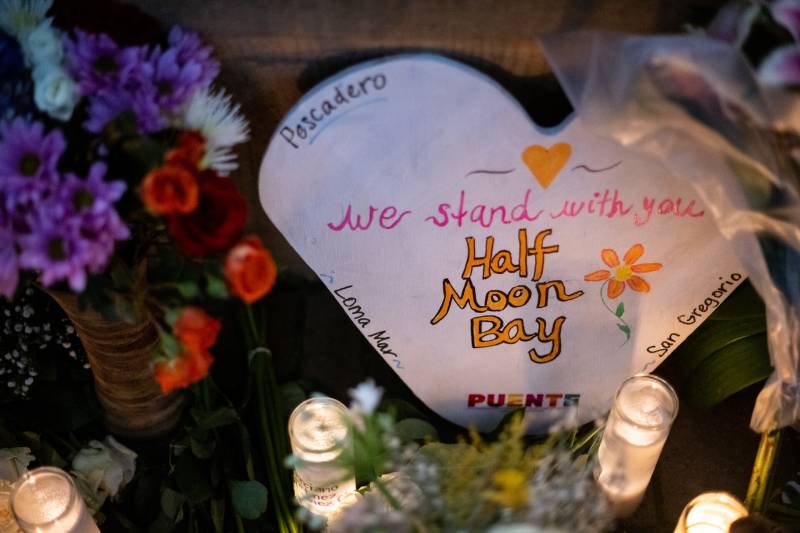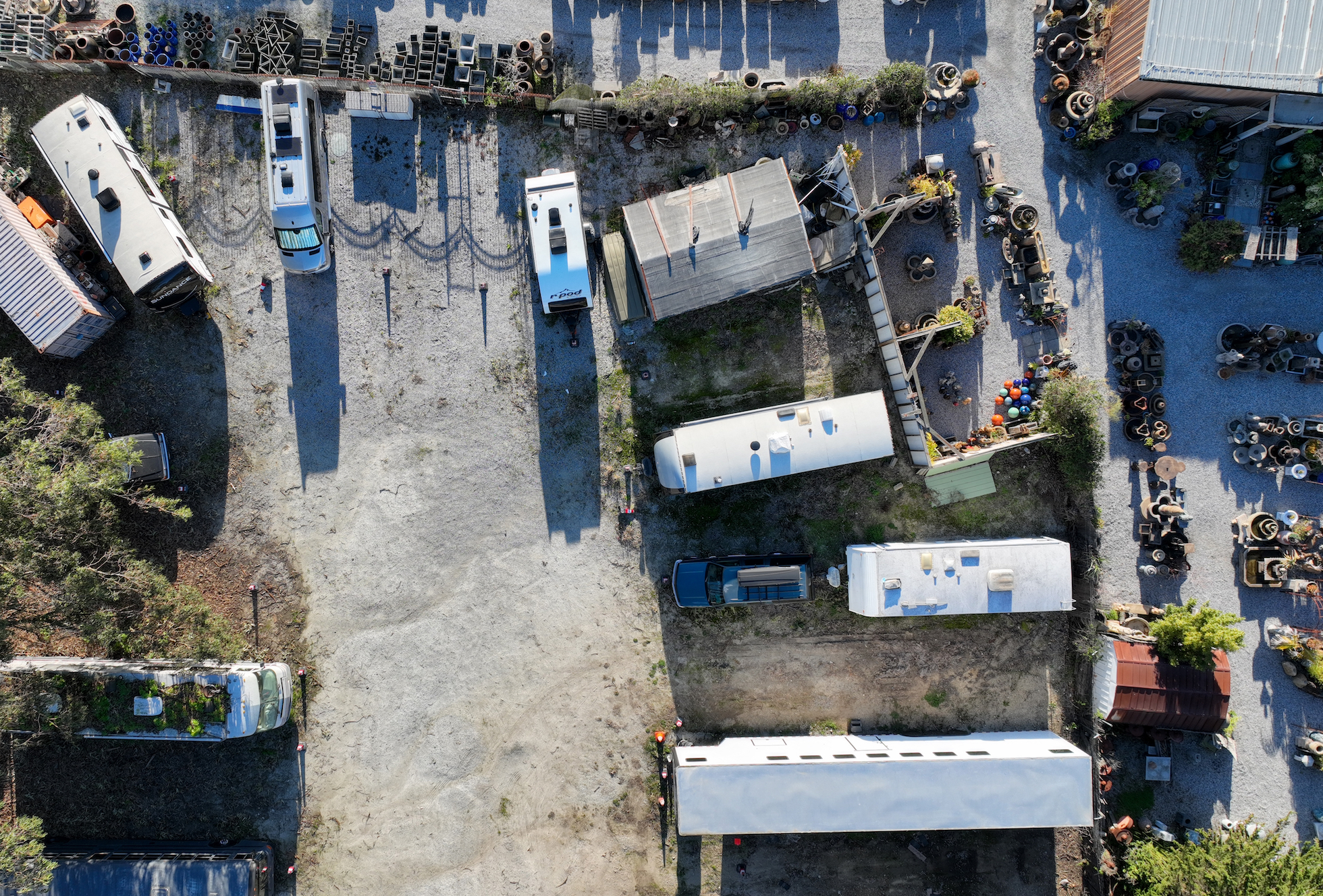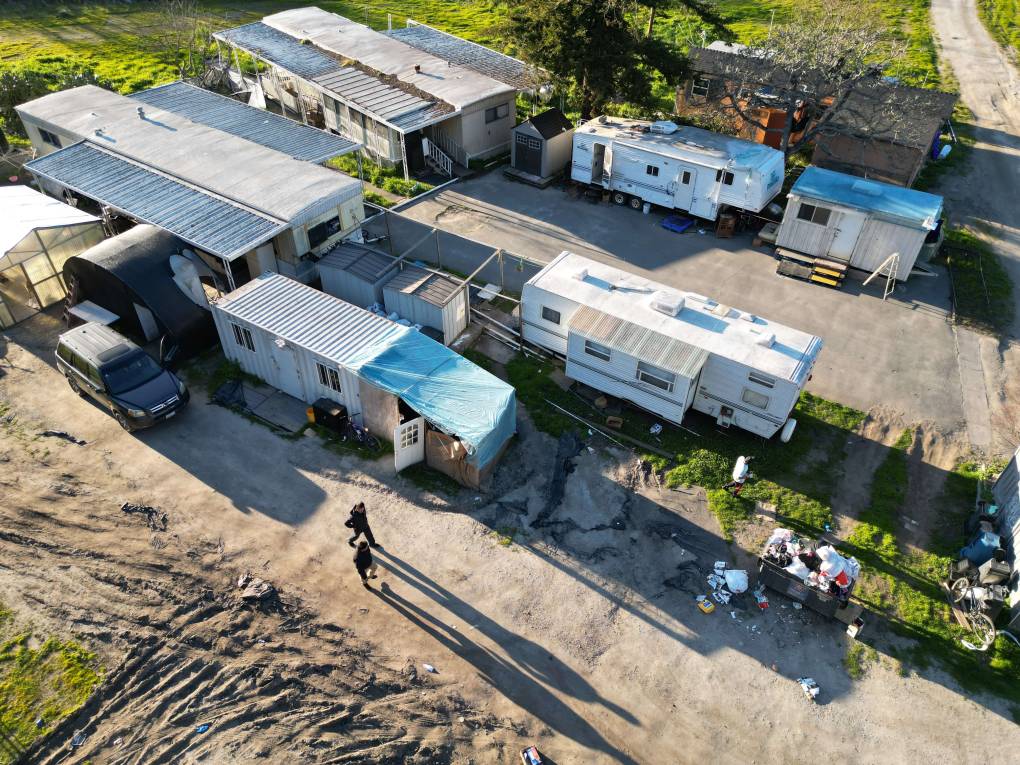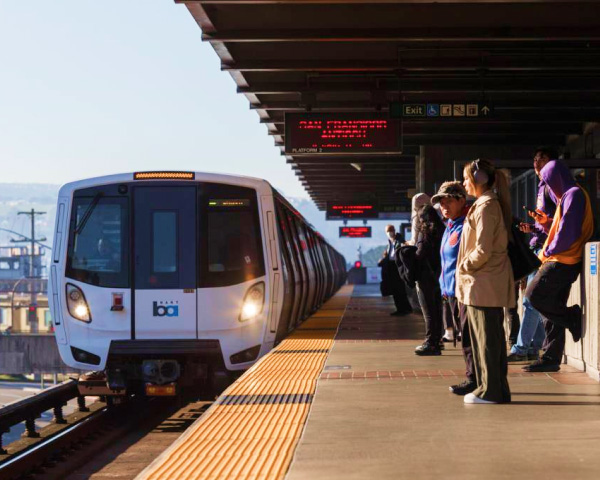The killings shed light upon Half Moon Bay farmworkers’ deplorable workplace and living conditions. In a visit to the mourning community after the shootings, Newsom noted that farmworkers, many of whom are migrants, often labor for sub-minimum wage at just $9 an hour and are forced to live in on-site shipping containers, as was the case for Zhao and some of the shooting victims.
For months after the rampage, questions swirled about whether Wagstaffe would seek to execute the man officials have said is responsible for it. However, Wagstaffe, who told KQED he supports the use of the death penalty, has long been an advocate for the use of capital punishment in extreme cases.
Wagstaffe was working as a prosecutor in the 1980s, during an unusual wave of death penalty cases in San Mateo County. From 1983 through 1994, his office sought the death penalty 18 times, winning verdicts in 14 of those cases.
In 2009, Wagstaffe was the trial prosecutor in the last case that resulted in a capital conviction in the county, following the 2006 slaying of an East Palo Alto Police officer.
More recently, as top prosecutor in the county, he joined the Riverside and San Bernardino County district attorneys in asking California’s First District Court of Appeal to lift the state’s stays of execution, arguing that they have the right to pursue the execution of those sentenced to death in their jurisdictions.
“My job is to enforce the law — not to make it — but it is still the law,” Wagstaffe told KQED. “In my 14-and-a-half years as the district attorney, I have said no in so many dozens of cases where it’s technically eligible. This one here, while I can’t go in front of the desk, I had to weigh and balance it, because [the death penalty] is still on the books.”
Technically, the death penalty still exists in California, and prosecutors can seek it. But no one has been put to death in the state in nearly 20 years. In 2019, Newsom imposed a moratorium on executions and closed the death chamber at San Quentin, the recently renovated 19th-century prison overlooking San Francisco Bay. However, the moratorium ends with the governor’s term, and his successor could choose not to reinstate it.
Support for capital punishment has historically been low among Californians. In a 2021 poll by UC Berkeley’s Institute of Governmental Studies, a plurality of voters favored abolishing the death penalty.
Of those surveyed, 44% said they would vote yes on a potential amendment to the state constitution to repeal the death penalty, while 35% favored allowing executions and 21% were undecided. The death penalty has not gone before state voters since 2016, when an effort to repeal it failed.
Support for capital punishment has historically been low among Californians. In a 2021 poll by UC Berkeley’s Institute of Governmental Studies, a plurality of voters favored abolishing the death penalty.
Of those surveyed, 44% said they would vote yes on a potential amendment to the state constitution to repeal the death penalty, while 35% favored allowing executions and 21% were undecided. The death penalty has not gone before state voters since 2016, when an effort to repeal it failed.
The outcome of November’s election raised further questions about whether voters are souring on progressive criminal justice policy. Californians overwhelmingly approved Proposition 36, which increased penalties for drug and theft crimes, and rejected Proposition 6, which would have banned forced labor in prisons and jails.
Progressive district attorneys in Alameda and Los Angeles counties were also voted out of office, leading some to speculate about a potential sea change in attitudes toward reform efforts of previous decades.
Los Angeles County’s new district attorney, Nathan Hochman, has begun seeking the death penalty again. In Alameda County, Ursula Jones Dickson has quietly withdrawn death row resentencing efforts for at least four people — petitions that had been championed by former DA Pamela Price to correct decades of unconstitutional conduct.
Mary Kate DeLucco, a spokesperson for the Sacramento abolitionist group Death Penalty Focus, said the changes in California mirror wider political shifts that have happened since the presidential election.
“What we’re seeing in California is reflective of what we’re seeing in the United States as a whole. There has been, clearly, a backlash to what people perceive as liberal dogma,” DeLucco said.
DeLucco reiterated common criticisms of the death penalty: that the sentence does not impact crime rates, and that the death penalty system is vastly more expensive to taxpayers than life in prison, due to the length of proceedings and number of appeals — up to $4 billion more since 1978, according to a USC Law School study.
She also criticized the DA’s decision to pursue the charges in the case against Zhao.
“It’s a huge disappointment that Wagstaffe would choose to do this,” DeLucco said. “Everything about this is a tragedy, and a continuation of this cycle of violence. I just think it’s counterproductive.
KQED’s Keith Mizuguchi contributed to this report.



